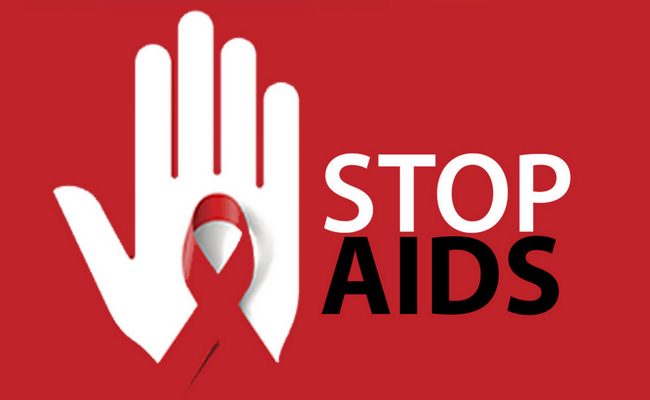Definition of AIDS (Acquired Immune Deficiency Syndrome):
AIDS (Acquired immune deficiency syndrome) is a fatal illness caused by the human immune deficiency virus (HIV), which breaks down the body’s immune system. Leaving the victim vulnerable to a host of life threatening opportunistic infections, neurological disorders or unusual malignancies.

Acquired immunodeficiency syndrome (AIDS) is a chronic, potentially life-threatening condition caused by the human immunodeficiency virus (HIV). By damaging body’s immune system, HIV interferes with body’s ability to fight the organisms that cause disease.
Incubation period: 6 months to 6 years
Definition of HIV (Human Immunodeficiency Virus):
HIV (human immunodeficiency virus) is a virus that attacks the immune system, the body’s natural defense system. Without a strong immune system, the body has trouble fighting off disease. Both the virus and the infection it causes are called HIV. White blood cells are an important part of the immune system.
Clinical Features or Sign and Symptoms of AIDS:
- Asymptomatic.
- Active infection syndrome is characterized by:
- Diarrhoea,
- Fever,
- Rash,
- Arthralgia,
- Lympadenopathy.
3. AIDS-related complex:
- Fever,
- Weight loss,
- Diarrhoea,
- Skin rash,
- Lymphadenopathy,
- Hirpes simplex,
- Oral candidiasis,
- Oral or genital ulcers,
- PID,
- Tubo-ovarian mass,
- Thrombocytopenia.
Epidemiological Features of AIDS:
1. Occurrence: The problem has assumed pandemic proportion affecting industrialized and developing countries.
2. Agent:
Agent: Human immune deficiency virus (HIV)
Reservoir of infection – these are cases and carriers. Once a person is infected, it remains lifelong in the body.
Source of infection:
- Greatest concentration,
- Contaminated blood,
- Semen,
- CSF.
Lower concentration:
- Saliva and tear,
- Breast milk,
- Cervical and vaginal secretion.
3. Host:
Age: Mostly 20 – 50 years, Children under 15 years (less than 3%).
Sex: Homosexual, Bisexual, and heterosexual all can be affected. Certain sex practices are at risk, such as multiple sex partners, anal intercourse and male homosexuality. Females are more vulnerable than male due to anatomical structure.
High risk group:
- Male homosexual and bisexuals,
- Prostitutes,
- Intravenous drug users,
- Transfusion recipients of blood and blood products,
- Hemophiliacs and clients of STD.
Immunology: The victim had normal B-cell formation. But the antibodies are of the non-neutralizing variety. Their T-cell function was far from normal.
4. Mode of Transmission:
Sexual transmission,
Contaminated by blood and blood products.
Mother to child-
- Trans placental,
- During birth,
- After birth: Through Breast feeding.
Contaminated needles and surgical instrument.
Organ and tissue donation
5. Incubation period: Few months to 10 years or even more.

Maria Khatun Mona is a Founder and Editor of Nursing Exercise Blog. She is a Nursing and Midwifery Expert. Currently she is working as a Registered Nurse at Evercare Hospital, Dhaka, Bangladesh. She has great passion in writing different articles on Nursing and Midwifery. Mail her at “maria.mona023@gmail.com”
